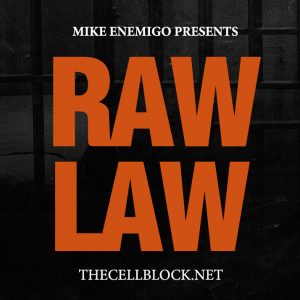By Brian Leslie
Eyewitness interviews are a vital part of any criminal investigation. How police approach, question, and vet witnesses can be a critical factor in why they target a specific suspect. The truth is many police agencies, because of lack of resources, don’t provide specialized training in this area to new officers.
Unfortunately, these are often the same uniformed officers who are first responders to a crime scene. They secure the scene, locate critical witnesses, and in many cases take initial statements from witnesses. In larger police agencies, this information is passed to detectives who will potentially conduct a formal interview with key witnesses.
Inevitably, these witnesses can be responsible for misinformation, flawed suspect identification, and ultimately the targeting of a wrong suspect.
In a multi-witness crime scene, police generally interview witnesses separately, asking each for their version of events. Most witnesses, who are eager to cooperate with police, will provide this. The problem is that some vital information, such as the color of a car, a tattoo, ethnicity, height, weight, or color of clothing, may have been implanted through suggestion by the so-called dominate witness –the one who influences the other, passive witnesses–and not actually seen by the witness.
For example, the dominant witness may go so far as convincing a passive witness that the object in a suspect’s hand was a gun, and not a cellphone like they initially thought. Why would a witness change his or her story for police after having conversations with other witnesses.
Passive witnesses will generally have some doubt of what they observed during a traumatic event and can easily be convinced that what they thought they perceived was actually something else.
When the police arrive at a crime scene, the first question to a witness should not be “what did you see?” but “who did you speak to before my arrival?”
This way, the information sources can be tracked and verified, not just the information they provided.
How police conduct witness interviews also can be a significant factor in whether inaccurate or biased information is provided. The first interview is usually done immediately upon arrival by police, in a closed area such as a police vehicle. A written statement is generally taken by the officer. What is critical during this initial interview is not what questions are asked by the officer, but how the questions are structured.
An example of this would be the officer using suggestive language to steer a witness in a specific direction or providing particular facts of a crime to a witness that he or she may not have volunteered. Coercive or suggestive questioning by police during witness interviews can be responsible for targeting the wrong suspect. This also is true if police do not challenge apparent conflicts in a witness’s version of events or if police assist the witness in creating a narrative that supports their predetermined theory of the case.
It is doubtful that 14 months later at trial the witness would recall that the facts of a case he or she is testifying to were actually suggested by a dominant witness or an interviewing officer. What the witness will testify to (and remember) is that it was his or her own recollection of events.
Non-vetting of witnesses, coercive questioning, and misidentification can ultimately be responsible for wrongful convictions.
For more Raw Law, go to thecellblock.net and subscribe to The Official Blog of The Cell Block, where we provide you raw, uncensored news, entertainment and resources on the topics of prison and street-culture from a true, insider’s perspective, and follow us on social media @mikeenemigo and @thecellblockofficial.

